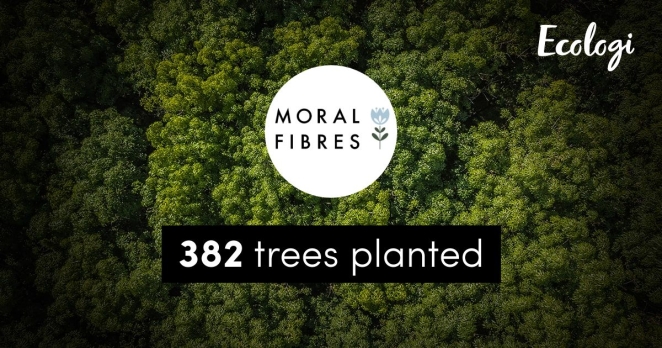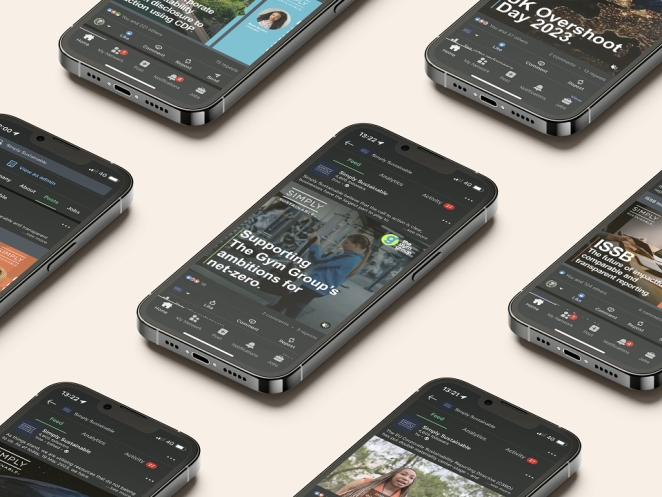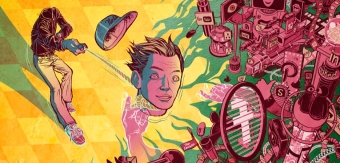Social media is a lot of things. It’s a digital gateway drug for children, an advertiser’s parallel dream/nightmare and a tool for brands who want to get greater returns from minimal effort. That’s the cynic in me speaking, of course. Could it also be a great bastion of sustainability though? Let’s indulge the notion for a few hundred words or so, shall we?
This is a platform, after all, that transcends traditional barriers of communication, age, race, gender… all of it. If you have an internet connection, then you’re the target market. That makes it a pretty compelling place to sell people on a sustainable future.
Greenfluencers and Sustainability
You’ll struggle to find a person who isn’t an influencer to say anything positive about influencers. However, they’re not all vapid voids of need; some of them actually have something positive to offer the world. There are hundreds of sustainability influencers spread across Instagram and TikTok and while many of them are obvious shills greenwashing their way to a quick buck, some of them have legit credentials.
Yes, most of these influencers scream “nepo baby” from the rooftops but their obvious origins shouldn’t diminish their message. Moral Fibres, for example, is a pretty unpretentious sustainable living blog fronted by the charming Wendy that provides viewers with genuinely helpful clean-living tips without talking down to them.

Author and influencer Mikaela Loach (pictured in header image), meanwhile, has been recognised by the BBC and Forbes as one of the most influential women in the UK climate movement.
The ability of these greenfluencers to reach vast audiences and sway consumer choices makes them critical in spreading sustainability awareness. Studies have shown that influencers with high credibility can effectively promote behaviours that favour sustainability, affecting consumer choices in favour of eco-friendly products and practices. In other words, they can make a difference for the better. You just have to wade through a few dozen “white dreadlock trust fund wankers” to get there.
How Social Media is Helping (mostly)
Promoting Sustainable Tourism
The potential of social media to influence sustainable tourism is encouraging. Social media platforms enable users to share experiences and insights related to sustainable tourism practices, potentially influencing others' travel behaviours. This is particularly significant in emerging markets, where the awareness and implementation of sustainable practices are still developing.
Corporate Social Responsibility
Companies are increasingly using social media to enhance their CSR initiatives and communicate their sustainability efforts. This engagement not only benefits the companies but also promotes a broader awareness and commitment to sustainability among the public. However, if wielded poorly it can also lead to some pretty obvious greenwashing.
Educational Impact on Youth

While platforms like Instagram, Snapchat and TikTok are immensely popular among youths, the educational challenge lies in making social sustainability content appealing and engaging, without it coming across as condescending. Today’s kids are experts at picking apart bullshit, so it’s a tricky balance to find but initiatives such as Earthtopia by 33Seconds manage to find and perfect it.
Technological Innovations and Environmental Monitoring
Digital platforms and social media are crucial for disseminating real-time data on environmental issues. Initiatives like the Global Environment Monitoring System for Air (GEMS Air) use digital technologies to provide updates on air quality, using social media to inform and alert users globally. These integrations of technology and social media are what we really need to be seeing more of if the platforms want to truly earn their green stripes.
Challenges and Future Directions
Despite its potential, the use of social media in promoting sustainability faces many challenges. These include misinformation, the superficial engagement of users without leading to actual behaviour change, and the need for more immediately compelling content that can convert awareness into action.

Andy Clow
Future strategies could focus on harnessing analytics to tailor sustainability messages more effectively and developing the right partnerships to amplify these messages. If we can get that right, then maybe we can turn things around before it’s too late and use social media not as a gateway to smartphone addiction but a gateway into a world that can actually be saved. Eventually.




